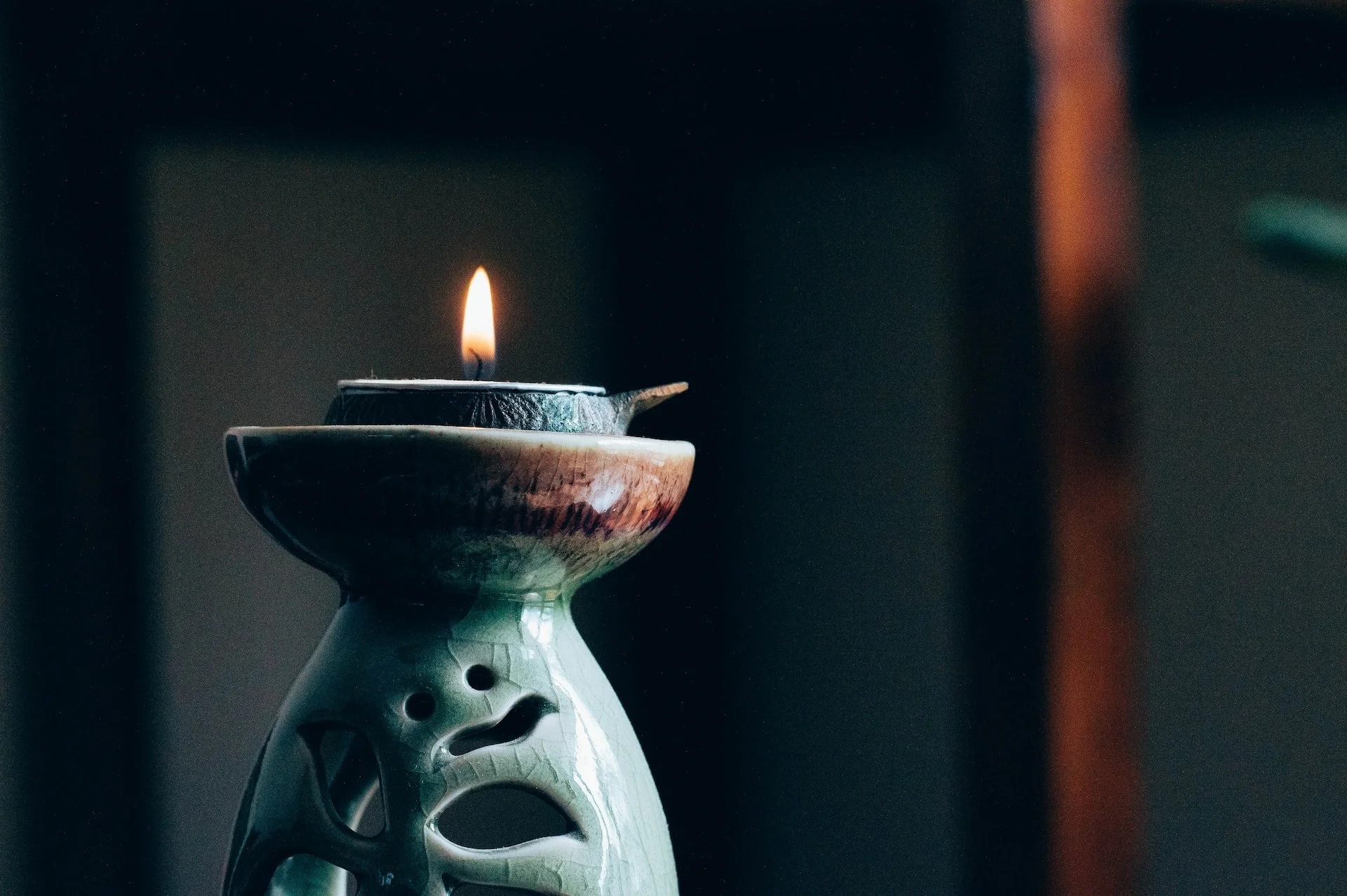More than 300 writers with a passion for interfaith culture have made TIO what it is today – a monthly treasure-chest of interfaith news and opinion. Representatives of dozens of religious, spiritual traditions, nationalities, and ethnic backgrounds have generously, freely contributed their work. You can find photos and short bios of each one here. More than 1,000 articles have been published in the past four years, testimony to the import of the interfaith culture emerging all over the world.
Time and patience has ruled a journey that seemed to be lost in an abyss. It started in December 2009 while sitting on the floor of the Melbourne Conference and Exhibition Centre in a kindred conversation with Don Benson. We were both exhausted as the Parliament of World’s Religions approached its conclusion. In a moment of inspiration Don posed a proposition that seemed as hopeful as it was monumental.
I admit that I just didn’t get it. Several Muslim friends living in America said they don’t really fast for Ramadan anymore because it just isn’t the same here in the U.S. They claim that Ramadan is so much more fun in their home countries. Fun? Ramadan? Really?
For a quarter century the grassroots interfaith movement has been best known for developing interfaith dialogue and new ‘bridge-building’ relationships. From the Parliament of the World’s Religions massive gatherings – to thousands of interfaith councils globally – to the 700 United Religion Initiative Cooperation Circles in 85 countries, grassroots interfaith leadership has been finding its voice in multiple arenas. Not so much in the public eye are thousands of interfaith organizations less concerned about being known than with engendering collaborative social justice activities, starting with meeting the needs of the hungry and homeless. Today many ‘cause’ campaigns, like those addressing climate change, have taken an interfaith posture for practical, collaborative purposes. Others, though, like the Interfaith Coalition for Immigrant Rights (ICIR), for years have used interfaith collaboration to fuel hands-on social justice ministry and activism. In a day when foundations are calling for ‘measurable results’ from their giving, and when ‘connect and collaborate’ are interfaith buzzwords, there is much to learn from groups like ICIR. Ed.
Since the passage and quick “fix” of Indiana’s Religious Freedom Restoration Act (RFRA) there has been a robust national conversation about the merits and particularities of the such laws.
But noticeably absent from that conversation was any serious dialogue about the relationship between theology and the law.
We were about to begin a workshop entitled “The Sacred Power of Women” at the Dialogo Multicultural Universal in Guadalajara, Mexico last month. I had been asked to facilitate a panel of four accomplished, powerful women. Laura, an American-Samoan Latter Day Saint, is a businesswoman and philanthropist. Yonina, an Argentinean writer and publisher, was a Hindu nun for nine years. Evelina is an Ecuadorian anthropologist, lawyer, and historian. And Patti, a local Indigenous leader of Irish-Mexican heritage, is a teacher and performer of sacred ritual dance.
Confronting the religious ‘other’ has been a core theme of the modern interfaith movement. The ability to identify and approach the other and discover a friend has become a cottage industry, generating conferences, academic research, and workshop curricula, particularly since the ugly rise of Islamophobia following 9/11 and recurring anti-Semitism.
At the end of April, 2015, and carrying over into the first two weeks of May, 2015, the nations of the world gathered at the United Nations in New York to review the Non-Proliferation Treaty (NPT) which originated in 1970. The NPT calls for nations, not possessing nuclear weapons, to refrain from developing them. And it calls for nations with nuclear weapons to reduce the number of weapons.
Last month Pew Research Center for Religion and Public Life published “America’s Changing Religious Landscape,” based on 35,071 interviews done between June and September last year, and comparing the new data with a similar survey in 2007.
I have worked on initiatives in Rwanda after the 1994 Genocide, and have done humanitarian and mission work in different African countries engaged in war for eight years. More recently I was working in Nepal with children who had been orphaned by the civil war. The deep suffering of humanity in developing countries has always captured my heart and my attention, until now.
I first became aware of the Bhagavat Gita in the mid-1960s. I was a college student taking my first tentative steps onto my spiritual path, reading all I could about the Eastern traditions instead of my assigned textbooks. It was all second-hand at first. It seemed that every writer and scholar I admired – Ralph Waldo Emerson, Henry David Thoreau, Aldous Huxley, Joseph Campbell, Alan Watts, J.D. Salinger – wrote with great admiration of the Gita. Thoreau apparently read it every day of his famous retreat on Walden Pond: “In the morning I bathe my intellect in the stupendous and cosmogonal philosophy of the Bhagavad Gita … in comparison with which our modern world and its literature seems puny and trivial.”
Like a river with three tributaries this story has three beginnings. Clearly it began on January 12 this year when I read in TIO about the interfaith, interspiritual festival – Universal Multicultural Dialog0 II – to be held in Guadalajara on May 6-8. But what captured me was the back-story, linking me to deeper layers of my psyche.





